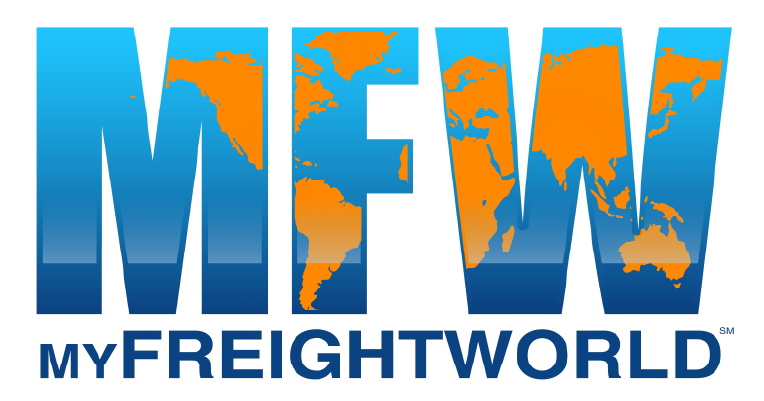
Introduction
When it comes to freight shipping, one size rarely fits all. Partial Truckload Shipping (PTL) is an ideal solution for mid-sized freight that’s too large for Less Than Truckload (LTL) but doesn’t justify the cost of a Full Truckload (FTL). PTL bridges the gap, offering businesses cost-effective freight shipping while reducing handling and speeding up delivery. For industries like e-commerce, manufacturing, and food and beverage, PTL is a flexible, reliable logistics solution.
What is Partial Truckload Shipping?
Partial Truckload Shipping is a freight method designed for shipments weighing between 5,000–27,000 lbs. It offers the flexibility of mid-sized shipment logistics without the high costs of FTL freight.
Key Characteristics of PTL Freight:
- No Freight Classification: Unlike LTL, PTL does not require freight classification, simplifying the process and reducing fees.
- Reduced Freight Handling: PTL minimizes transfers, reducing the risk of damages during transit.
- Flexible Freight Shipping Options: PTL provides customized pickup and delivery schedules to suit varying business needs.
PTL vs. LTL vs. FTL: Key Differences
Let’s break it down visually so you can quickly compare the three main shipping methods:

Partial Truckload (PTL):
PTL is ideal for shipments weighing between 5,000 and 27,000 lbs. It involves minimal handling and fewer transfers, reducing the risk of damage. With PTL, shippers only pay for the space they use, making it a cost-effective option for mid-sized or fragile freight. PTL also accommodates odd-sized or irregular shipments that don’t fit neatly into pallets, offering greater flexibility compared to LTL.
Less Than Truckload (LTL):
LTL is designed for smaller shipments weighing less than 5,000 lbs. Since multiple shipments are combined in a single truck, LTL offers the lowest cost for small loads. However, shipments experience extensive handling and multiple stops, which can increase transit time and the risk of damage. LTL also requires freight classification, adding an extra layer of complexity to the pricing process.
Full Truckload (FTL):
FTL is best suited for large shipments typically weighing 20,000 lbs or more that require the entire capacity of a truck. It is the fastest shipping method since the truck travels directly to its destination with no intermediate stops. FTL involves no handling during transit, significantly reducing the risk of damage. While it is the most expensive option, it’s ideal for high-volume, time-sensitive, or high-value freight.
Addressing Common Challenges and Misconceptions
While PTL offers clear advantages, some businesses may hesitate due to common misconceptions. Here’s the truth:
Challenge: “PTL isn’t as fast as FTL.”
- Reality: While FTL is the fastest option, PTL still offers shorter transit times compared to LTL because it makes fewer stops and minimizes handling.
Misconception: “PTL only benefits large businesses.”
- Reality: PTL is highly beneficial for small and mid-sized businesses managing growing freight needs. It helps control costs without overpaying for unused truck space.
Challenge: “PTL may not accommodate odd-sized freight.”
- Reality: PTL is ideal for irregular or oversized shipments that don’t fit neatly into pallets, offering flexibility that LTL often can’t match.
Benefits of Partial Truckload Shipping
Cost Savings with PTL Freight
Partial Truckload shipping eliminates the need to reserve an entire truck. Businesses pay only for the truck space they use, resulting in significant savings compared to FTL shipping.
Reduced Freight Handling
With fewer transfers, PTL freight minimizes damage risks, making it perfect for fragile or high-value goods.
Faster Transit Times
PTL shipments make fewer stops than LTL freight, offering faster transit times without the high costs of expedited services.
When Should You Use Partial Truckload?
Ideal Scenarios for PTL Freight:
- Shipments Between 5,000–20,000 lbs: PTL is perfect for mid-sized loads that are too large for LTL.
- Fragile or High-Value Goods: Minimal handling reduces damage risks for sensitive shipments.
- Odd-Sized or Oversized Freight: PTL offers flexible freight solutions for goods that don’t fit standard LTL sizes.
Industries Benefiting from PTL:
- E-Commerce: Bulkier shipments or mid-sized orders.
- Manufacturing: Shipping of machinery, components, and equipment.
- Food and Beverage: Faster transit for perishable and temperature-sensitive goods.
Tips for Maximizing Partial Truckload Efficiency
- Plan for Off-Peak Shipping: Scheduling shipments during off-peak seasons reduces costs.
- Accurate Load Data: To avoid adjustments or delays, provide precise weight and dimensions.
- Bundle Shipments: Consolidate smaller orders into fewer PTL loads to optimize costs and space.
- Work with a Logistics Provider: Leveraging a 3PL can secure better rates and improve reliability.
FAQs About Partial Truckload Shipping
What are the weight limits for PTL freight?
PTL shipments typically weigh between 5,000 and 27,000 lbs.
How is Partial Truckload shipping priced?
PTL is priced based on the space used, making it a cost-effective option for mid-sized freight solutions.
Does PTL require freight classification?
No, Partial Truckload Shipping does not require freight classification, unlike LTL.
What industries benefit most from PTL freight?
Industries like e-commerce, manufacturing, and food and beverage benefit from PTL’s flexibility and efficiency.
How do I know if my freight qualifies for PTL?
If your shipment weighs between 5,000–27,000 lbs or includes oversized, fragile, or mid-sized goods, PTL is likely the right choice.
How does PTL compare to expedited shipping for speed?
While PTL is not technically expedited, it still offers faster transit times than LTL due to fewer stops and minimal transfers.
Conclusion
Partial Truckload Shipping offers businesses a balanced solution for mid-sized shipments, reducing costs and transit times while minimizing handling risks. Whether you’re shipping fragile goods, odd-sized freight, or require cost-efficient options, PTL provides a reliable and flexible alternative to LTL and FTL.
Looking to optimize your freight shipping strategy? Explore solutions with MyFreightWorld!
